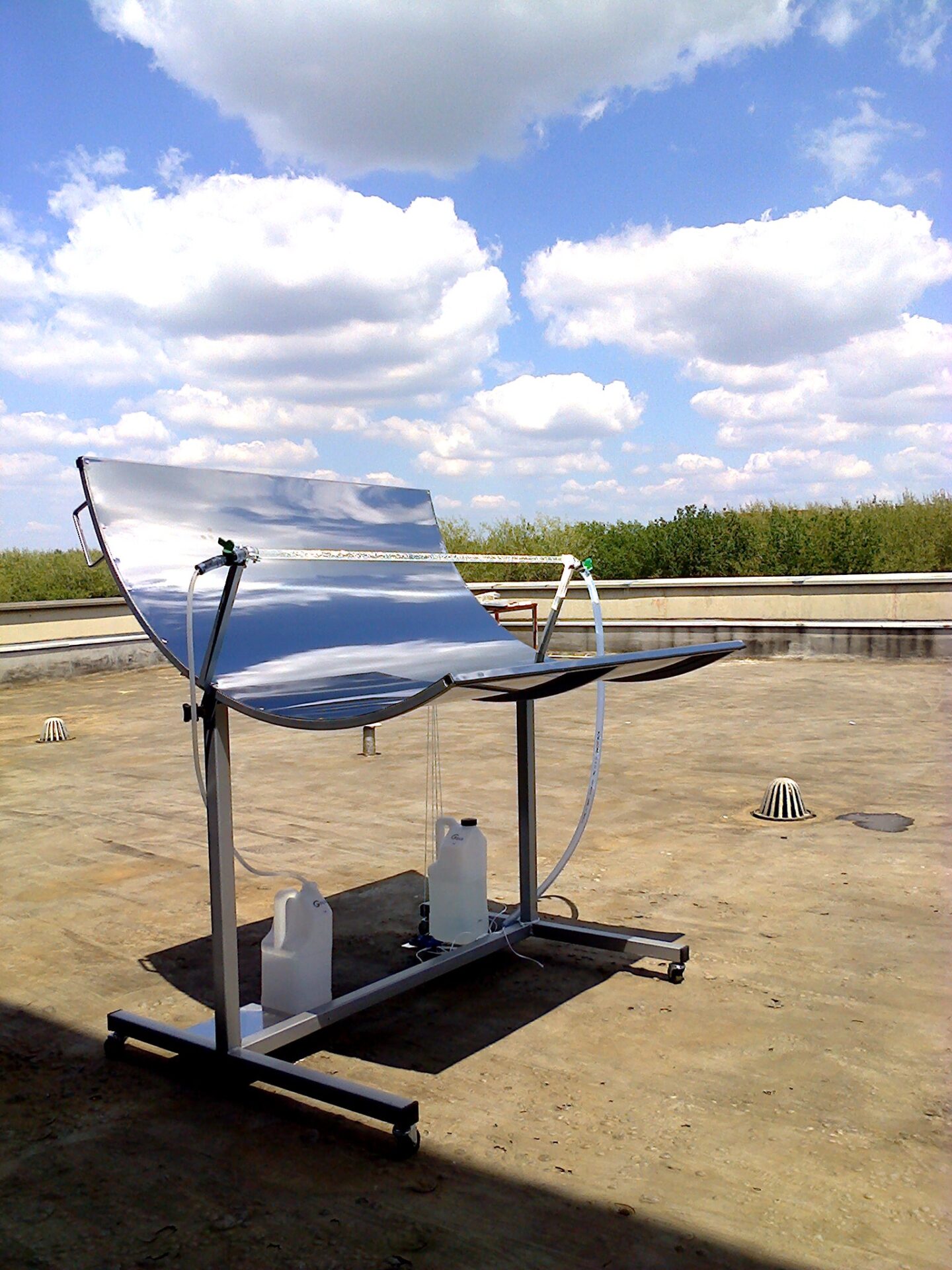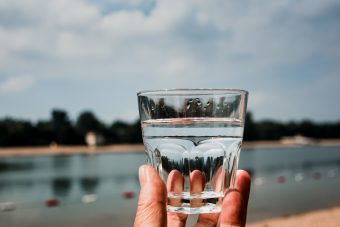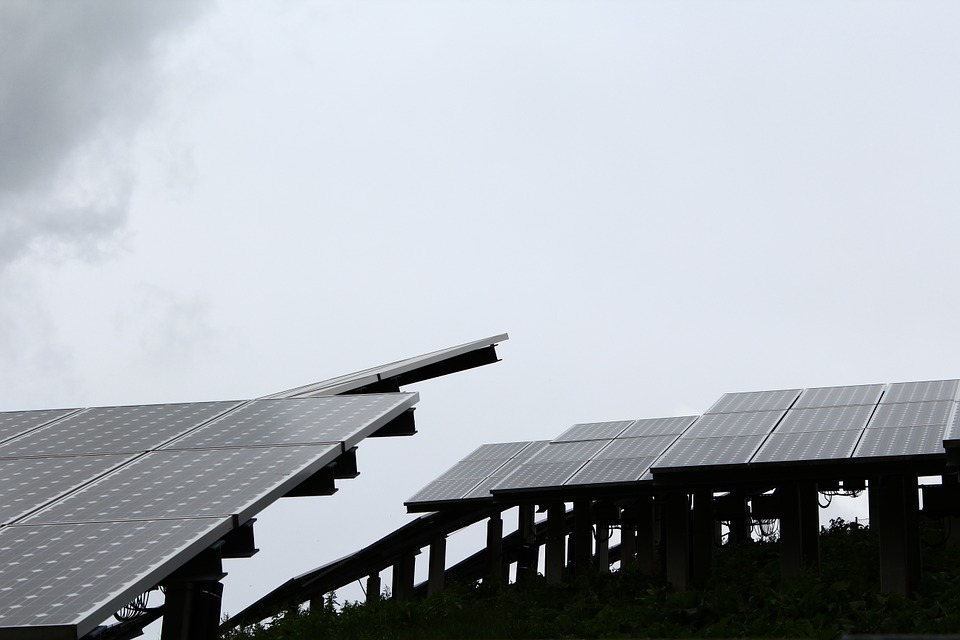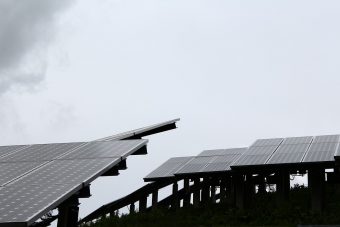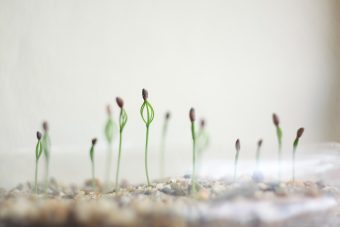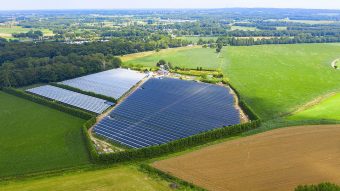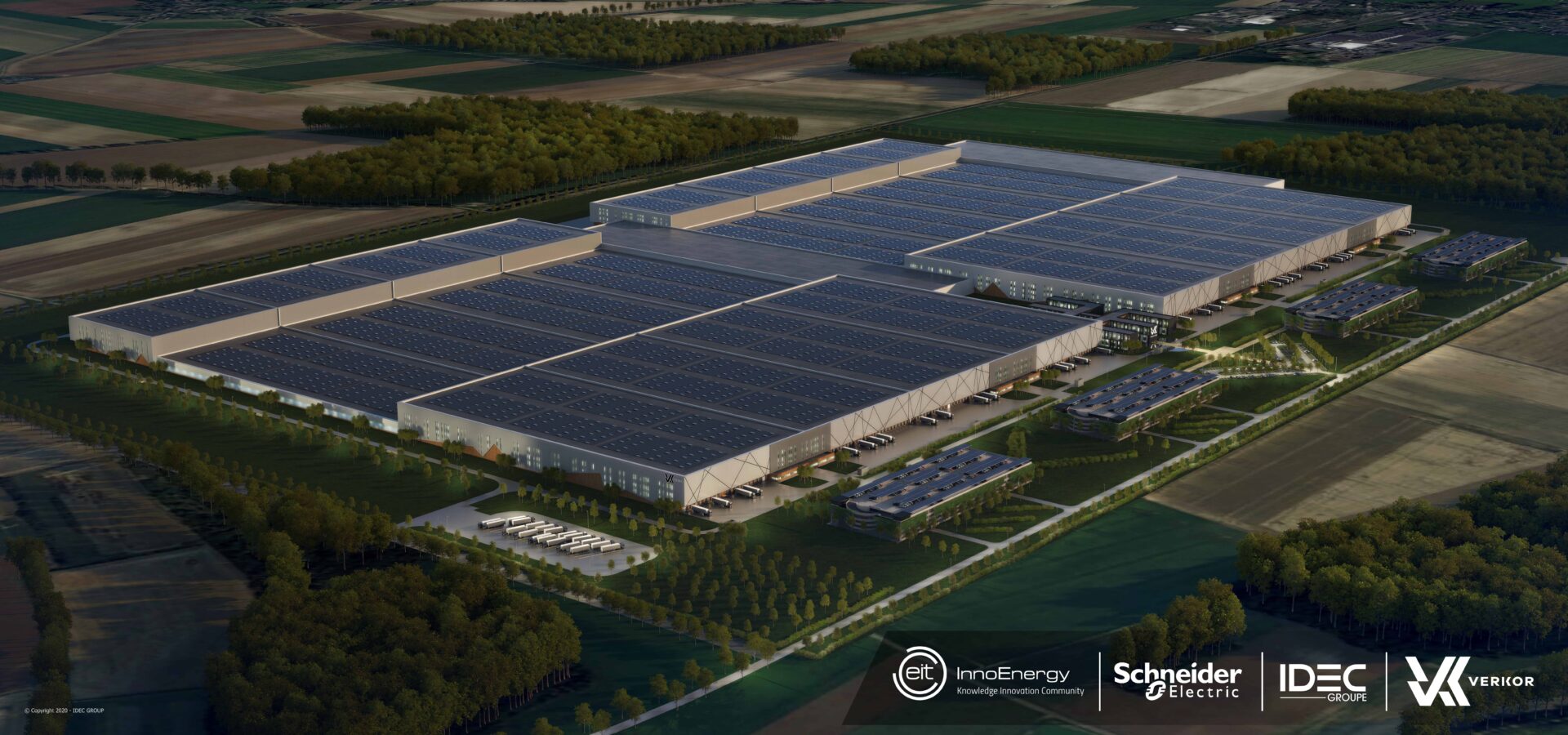Electric vehicles (EVs) are often seen as being more expensive than petrol cars, but if the fuel saving costs are taken into account and the upfront purchase price is spread across monthly leasing payments, then a new EV could cost the equivalent of less than £200 per month.
If the UK is to meet its 2050 Net Zero target then all new cars on sale need to be EVs by 2035, or possibly earlier — to be confirmed following a government consultation which closed on 31 July. To ensure that the maximum number of motorists are able to make the switch to electric cars over the coming years, EVs need to be as affordable as possible. The following five electric cars are examples of vehicles that motorists can drive today — with zero tailpipe emissions and all the other benefits that electric cars offer, including being virtually silent, very refined and easy to drive.
Editor’s note: The calculations below don’t even take into account big tax savings available with electric vehicles in the UK, which make cheap electric vehicles even cheaper relatively speaking!
5 cheap electric vehicles with monthly costs that can be lower than petrol cars:
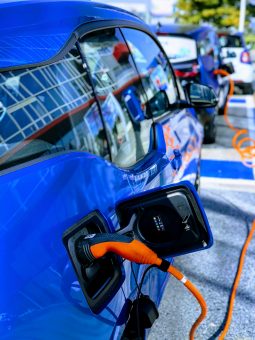
1. Smart EQ ForFour 17 kWh Passion Advanced 5dr Auto
Electric driving range (official WLTP combined): 81 miles
Estimated real-world electric driving range: 55 miles
Monthly lease cost: £176.88
Estimated fuel savings per month: £85
Cost per month after fuel savings deducted: £91.8
2. Skoda CITIGOe IV SE 37 kWh 5dr Auto
Electric driving range (official WLTP combined): 170 miles
Estimated real-world electric driving range: 130 miles
Monthly lease cost: £231.55
Estimated fuel savings per month: £85
Cost per month after fuel savings deducted: £146.55
3. Renault ZOE GT Line 50 kWh 5dr Auto
Electric driving range (official WLTP combined): 245 miles
Estimated real-world electric driving range: 195 miles
Monthly lease cost: £279.59
Estimated fuel savings per month: £85
Cost per month after fuel savings deducted: £194.59
4. Volkswagen e-Golf 35 kWh 5dr Auto
Electric driving range (official WLTP combined): 144 miles
Estimated real-world electric driving range: 125 miles
Monthly lease cost: £331.32
Estimated fuel savings per month: £100
Cost per month after fuel savings deducted: £231.32
5. Peugeot E-2008 50 kWh Active 5dr Auto
Electric driving range (official WLTP combined): 206 miles
Estimated real-world electric driving range: 170 miles
Monthly lease cost: £338.30
Estimated fuel savings per month: £120
Cost per month after fuel savings deducted: £218.30
The monthly lease costs are for a 4-year Personal Contract Hire (PCH) covering 10,000 miles per year; they include VAT and there is no initial rental. Estimated fuel savings are based on 14p per kW electricity costs and monthly mileages covered as part of a 10,000 miles per year PCH.
Maintenance costs of EVs are also lower than those of petrol cars, and for company car drivers, EVs have zero Benefit in Kind tax for 2020/21.
Mike Potter, Managing Director of DriveElectric, comments: “There’s much talk about EVs reaching price parity with petrol cars over the coming years, but zero emission electric cars can be more affordable than people think today. Fuel costs of EVs are around 20% of the fuel costs of petrol cars, and spreading the cost of the initial purchase price over monthly leasing payments means that EVs are now typically cheaper than petrol cars from a whole-life cost point of view. This could enable large numbers of motorists to make the switch to EVs to help improve local air quality and achieve Net Zero.
“The driving ranges of the latest EVs are sufficient for many people’s regular driving patterns, and for those such as business users who regularly need to cover lots of motorway miles, there’s an ever-increasing variety of vehicle options available with electric driving ranges over 300 miles.”
DriveElectric is an electric vehicle leasing company that has been helping organisations and individuals to adopt EVs to save money, lower emissions and transition to low carbon energy since 2008. DriveElectric aims to make the switch to electric cars and vans simple for business fleets.
DriveElectric also offers a FlexiHire service which enables businesses to hire an electric car or van for a period of a few months rather than being committed to a lease over a number of years. As there’s also no upfront payment, the FlexiHire service provides a cost-effective way to drive an electric vehicle.
DriveElectric staff are currently working remotely from home and business operations are following COVID-19 government guidelines.
Source: Clean Technica





